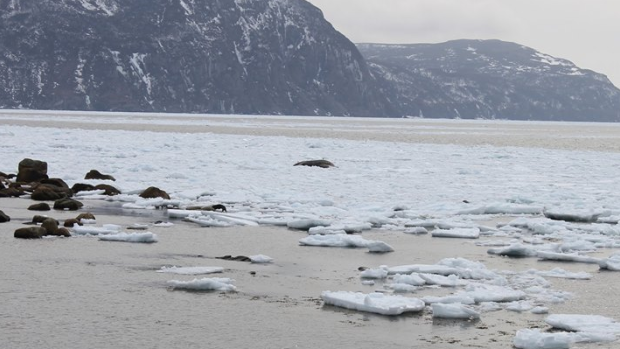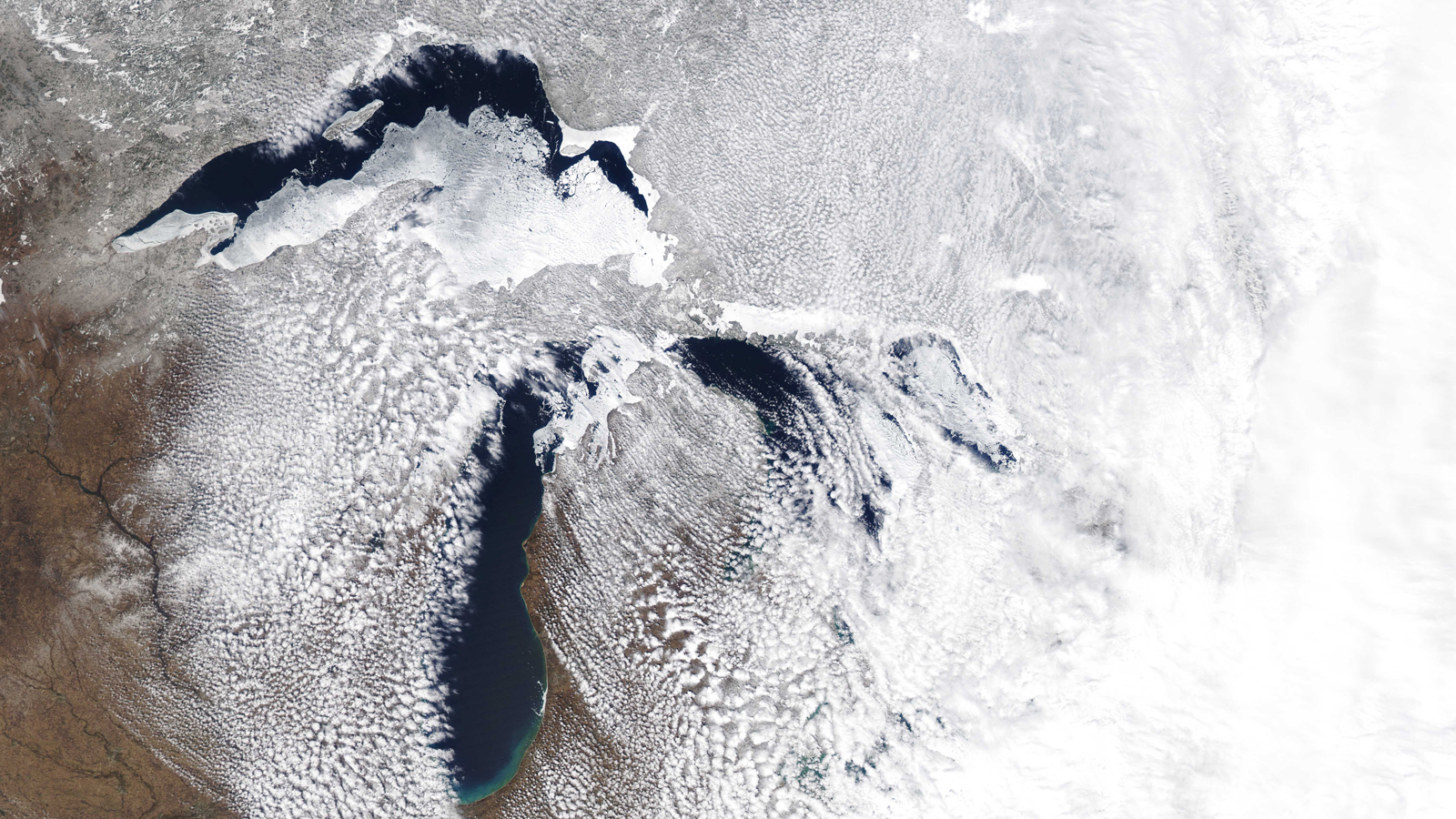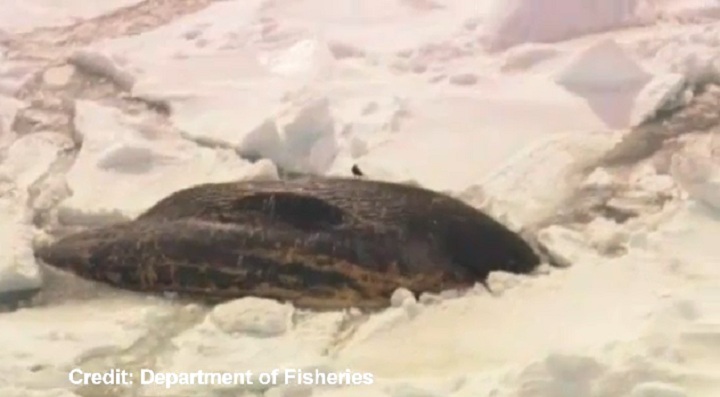Last Tuesday, April 15, was the coldest "Tax Day" nationwide on record. Hard freezes extended as far south as northern Texas. Mid-April snows were seen throughout the Corn Belt states. Columbus, Ohio had nearly four inches of the white stuff on Tuesday, its heaviest snowfall ever for so late in the spring season. Traces of snow were reported in the Texas Panhandle, Arkansas and Tennessee. Even northern Louisiana had a few flakes. Detroit, Michigan set a seasonal snowfall record on Tuesday.
A hard freeze in the southern Great Plains on Tuesday produced temperatures between 21 and 24 degrees at Amarillo, Dalhart, Perry and Lubbock, Texas. Near Gage, Oklahoma, one rancher reported 18 degrees. Ponca City, Oklahoma dipped to a record low of 21 degrees for April 15.
In Kansas, the nation's leading wheat producing state, already plagued by winterkill this harsh winter of 2013-14 that refuses to end and parching drought, there were reports of morning lows near 15 degrees both Monday and Tuesday. It was a frigid 13 degrees at Valentine, Nebraska.
Jointing wheat was damaged by the record cold early this past week in Kansas, Oklahoma and Texas, especially in those areas where the mercury plunged into the teens and lower 20s for several hours. Any wheat heading out can be at risk even at readings near 30 degrees. Fortunately, there was very little wheat heading out despite recent 90 degree temperatures in the southern Great Plains.


